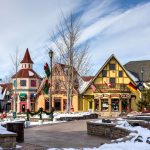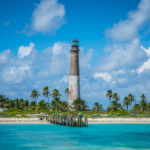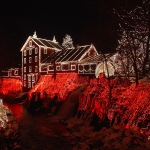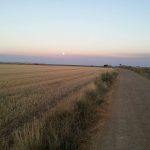What you need to know before visiting
Located in Mendocino County, Fort Bragg boasts a popular attraction known as Glass Beach. Among the many enticing reasons to visit Fort Bragg, the breathtaking sea glass at Glass Beach is undoubtedly one of the top choices. This beach is widely recognized for having the largest collection of sea glass in the world. This stunning coastline has also inspired the creation of the International Sea Glass Museum, where the beach’s entire expanse is covered in shimmering, colorful pieces of glass. In addition to the small glass fragments, visitors can also discover beautiful seashells and terracotta. Exploring tide pools and hiking are other enjoyable activities to add to your itinerary while visiting this area.
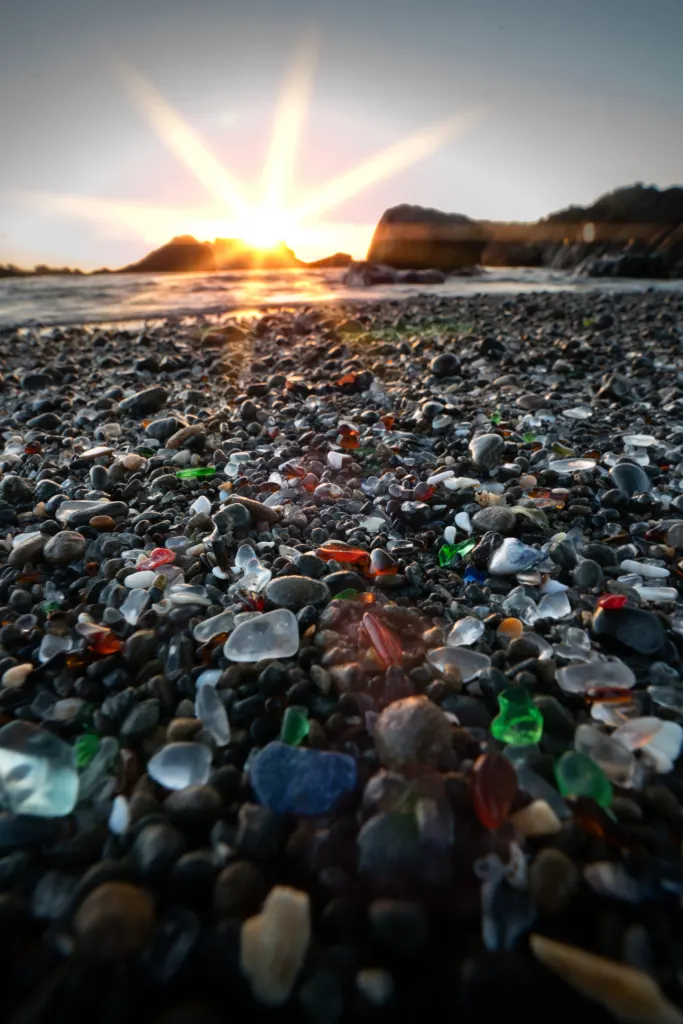
The Basics of Glass Beach in Fort Bragg
There is more than one Glass Beach in Fort Bragg and it is important that you know which one you are visiting. Certain laws and rules apply to some beaches and not to others. A good example is the taking of sea glass. It is allowed only on two of the glass beaches, and even then you should only be taking a small amount.
If you want to visit all three of the Fort Bragg Glass Beaches then you can take Noyo Headlands Park Coastal Trail. There is a parking lot on West Elm Street where you can park to access the paved path for a walk along the south cliffs of the glass beaches. There is a dirt path that leads to Pudding Creek Beach to the north. The trail crosses a wooden train trestle and continues about 3/4 of a mile. It is all part of the greater California Coastal Trail. We will discuss the three Glass Beaches in more detail later, but the main one is Glass Beach 3, where you are definitely not permitted to take any of the colorful sea glass from the beach.
Each Glass Beach in Fort Bragg has free parking. To get to the parking area, turn off CA Highway 1 onto West Elm St. Follow the road for a few blocks to vault restrooms and the parking area. You can then walk the Glass Beach Trail that leads you to the third Glass Beach. MacKerricher State Park absorbed the Glass Beach in 2002, which is why it is now illegal to collect sea glass from this beach. This main Fort Bragg Glass Beach is located on the crossroad between Glass Beach Drive and West Elm Street in Mendocino County, Fort Bragg, California.
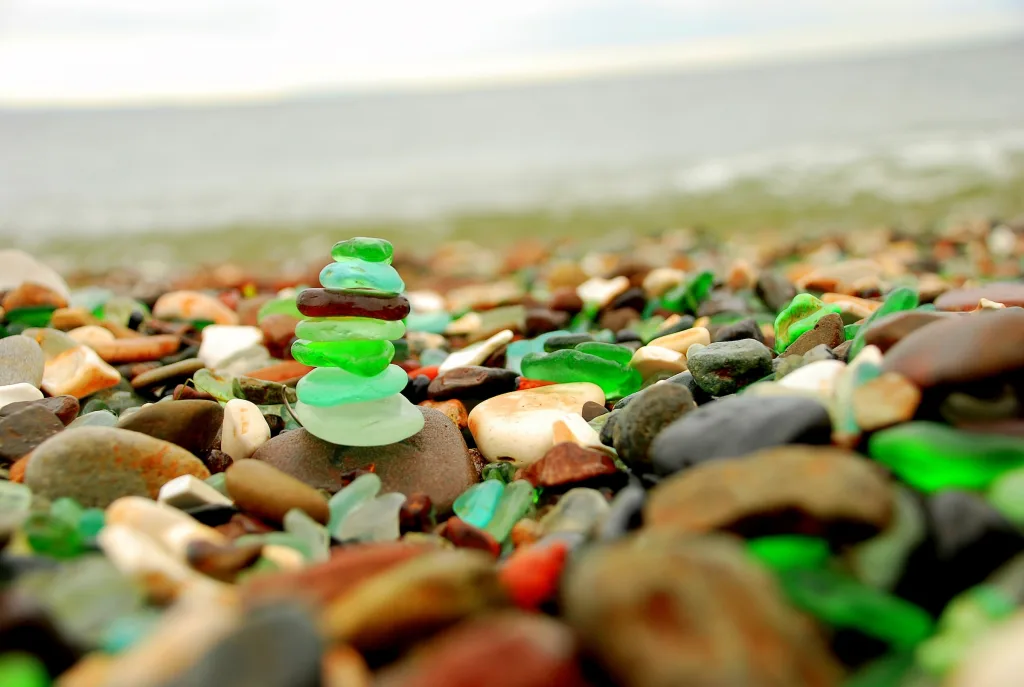
Glass Beach Came From “The Dumps”
There was a great earthquake in 1906 in San Francisco that ran all the way north to Fort Bragg. Fires broke out, wood-framed houses fell to pieces, and brick buildings collapsed. With all the broken bottles and other debris in the city, there was no way to contain it all in the city dump, so it was simply pushed off the cliffs into the ocean.
Anything from cans, bottles, appliances, furniture, batteries, and even cars was just bulldozed over the cliffs between 1906 and 1943. However, it did not stop in 1943; it was just moved to a new site. In 1949 it was moved again, until it finally stopped in 1967. The town simply assumed that the ocean would take the trash away, but that never happened. There were too many formations in the rocks along the coast, so nothing got washed away; it just stayed on the beach. When the trash had piled up, a decision was made to burn it, creating a unique kind of sea glass. It was called fire glass.
The motion of the ocean with the crashing waves and tidal churns, the many broken bottles and other glass pieces ground against the sand so much that it became polished, colorful, rounded, and smooth. This is what creates the sparkling effect of the Glass Beaches in Fort Bragg.
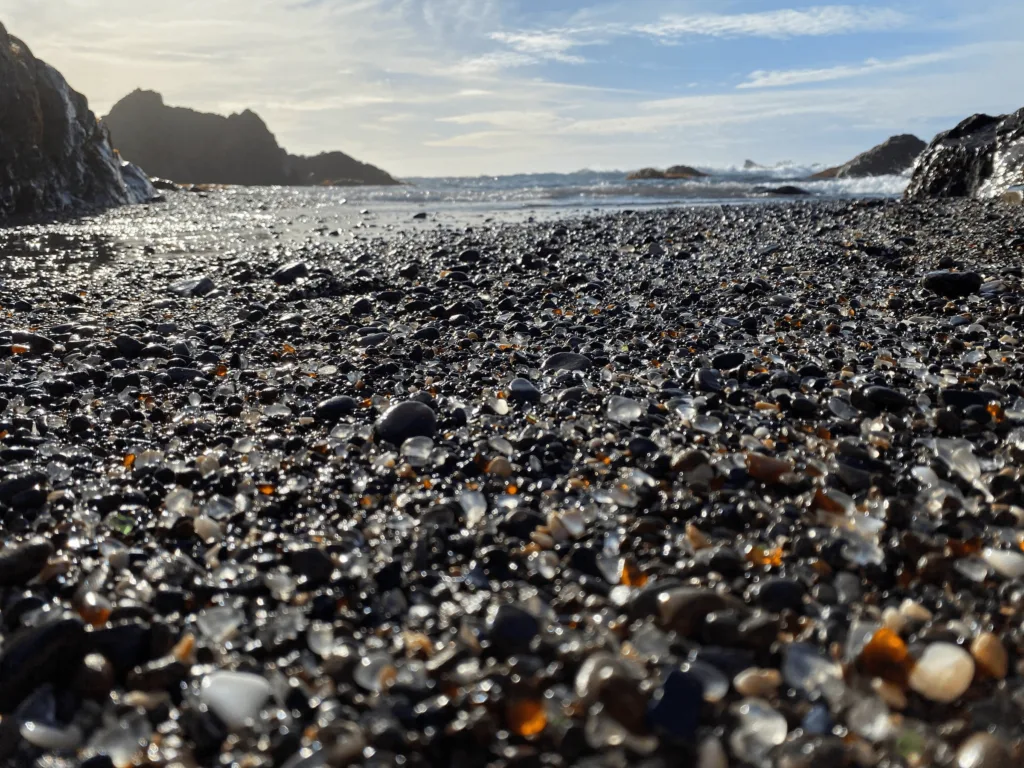
Collecting Sea Glass At Glass Beach
As mentioned, the most famous Glass Beach in Fort Bragg is the main one inside the MacKerricher State Park. While collecting sea glass from Glass Beach 1, and Glass Beach 2 is allowed in small quantities, it is prohibited by law at Glass Beach 3.
It is important that visitors understand the sea glass is finite. It can and will run out. This means that any sea glass you remove from Fort Bragg’s Glass Beaches is gone forever, and brings the downfall of the beaches that much closer.
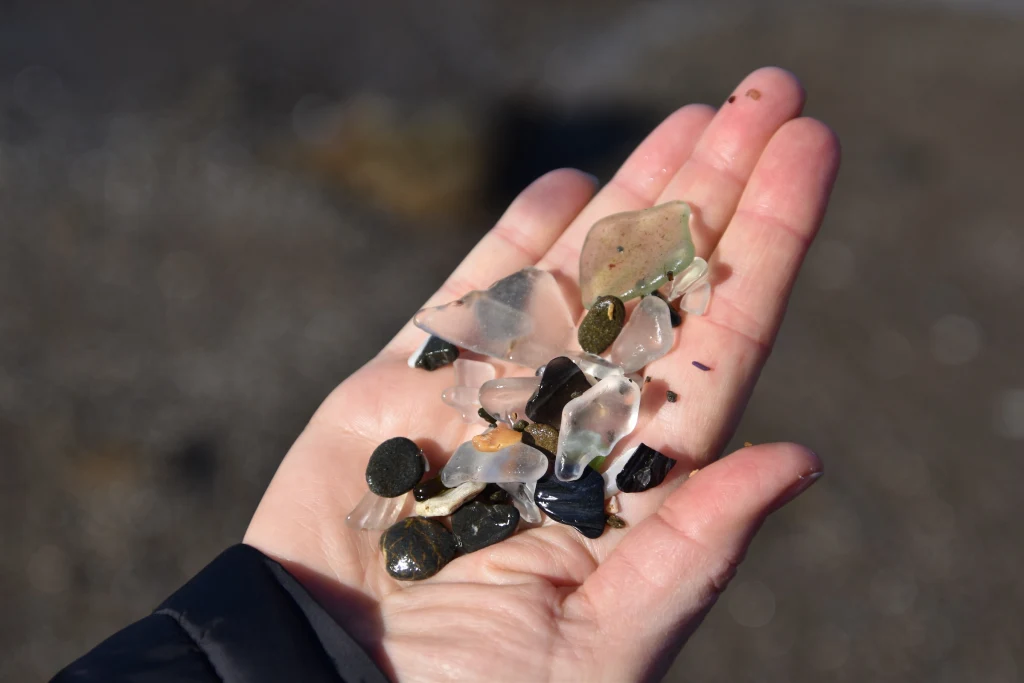
Glass Beaches In Fort Bragg
Only the main Glass Beach in Fort Bragg is easily accessible, which means that tourists might not know about the other two. There is no dedicated parking lot for the other two beaches, which can make them quite difficult to reach. The Noyo Headlands Park Coastal Trail has made it much easier to access the second and third location.
Glass Beach 1
Glass Beach 1, known as the Treasure Cove is almost entirely a secret. For many years the only way you could get to it was with a kayak. This was one of the dump sites between 1906 and 1943, but today it is a glass beach that can be reached from the Coastal Trail. It is about 1/4 mile south of Glass Beach 2.
Glass Beach 2
Glass Beach 2 is far more crowded because it’s the most popular Glass Beach. Treasure hunters and sea glass enthusiasts from all over the world are drawn to this Glass Beach in Fort Bragg. It is best to visit during low tide, as much more of the sea glass is visible on the pebbly beach. But we should also make it clear that this will be the busiest time as well.
Glass Beach 3
Glass Beach 3 is the most famous Glass Beach. The one that you see on all the calendars and postcards. This was the dump site from 1949 till 1967; however, there is far less sea glass on this beach than on the other two glass beaches. If you want to collect sea glass, this is the glass beach where it is not allowed. The inclusion of this Glass Beach into MacKerricher State Park allows for the sea glass on this beach to be protected by law. To get to this Glass Beach, you follow the Glass Beach Trail away from the parking lot. You turn left to Glass Beach 2, and right to Glass Beach 3.
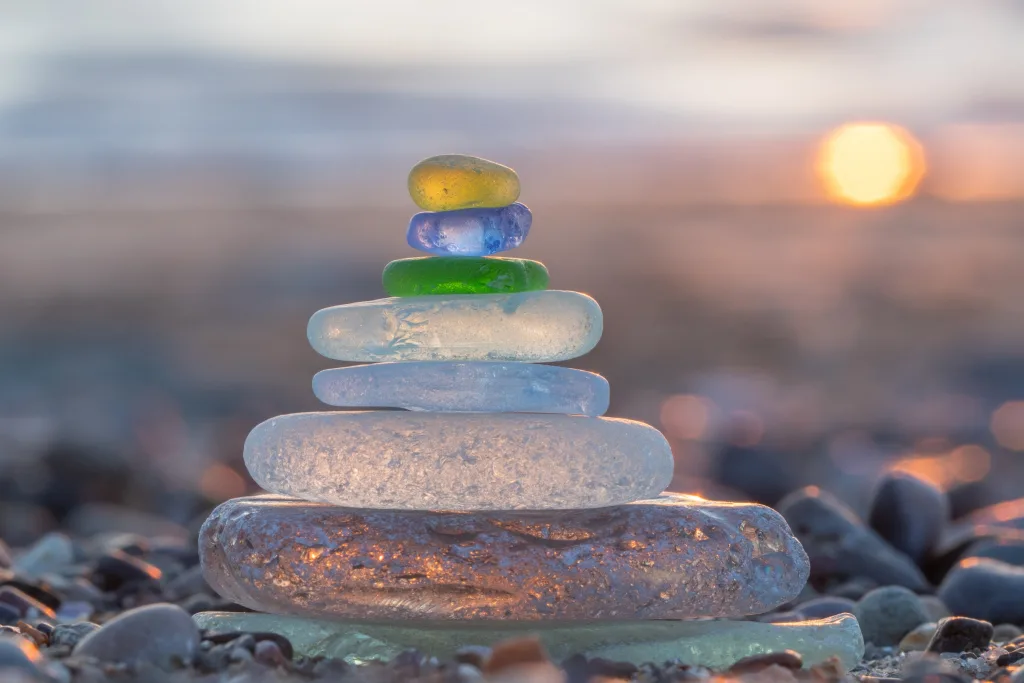
Frequently Asked Questions
How is sea glass made?
Sea glass is made when broken glass and debris end up on the beach. Tide pools, the ebb and flow of the ocean, and the pounding waves on the beach grind the glass against the sand which makes it round and smooth. There is usually a mix of colored and clear glass along with other things like small rocks and beach sand.
Can I visit the beach and go hiking?
You will find plenty of activities and things to explore in the State Park, including hiking along the paved path, exploring small coves, visiting the small museum, etc. You can also visit Pudding Creek Beach and the Skunk Train.
Where is Glass Beach?
Glass Beach is accessed from a short walk along a path at the end of Glass Beach Road, in Fort Bragg, California.
Can we swim in the tide pools?
It is best to heed any signs that prohibit swimming, especially in the state park area. The Pacific Ocean can be dangerous, especially along the California coast.
Can we collect Sea glass from Glass Beach?
Removing sea glass from Glass Beach 3 is illegal. While visitors are allowed to explore and hike along the nearby path, they are not allowed to remove any of the glass, shells, sand, or sea anemones that wash up on the beach.
There are two other Glass Beaches in town where visitors are allowed to collect some sea glass from. It is best to go at low tide when there is more of the beach to explore. Only one of the three beaches is located close to the parking area, the others require a short hike along the California coast to reach them.

